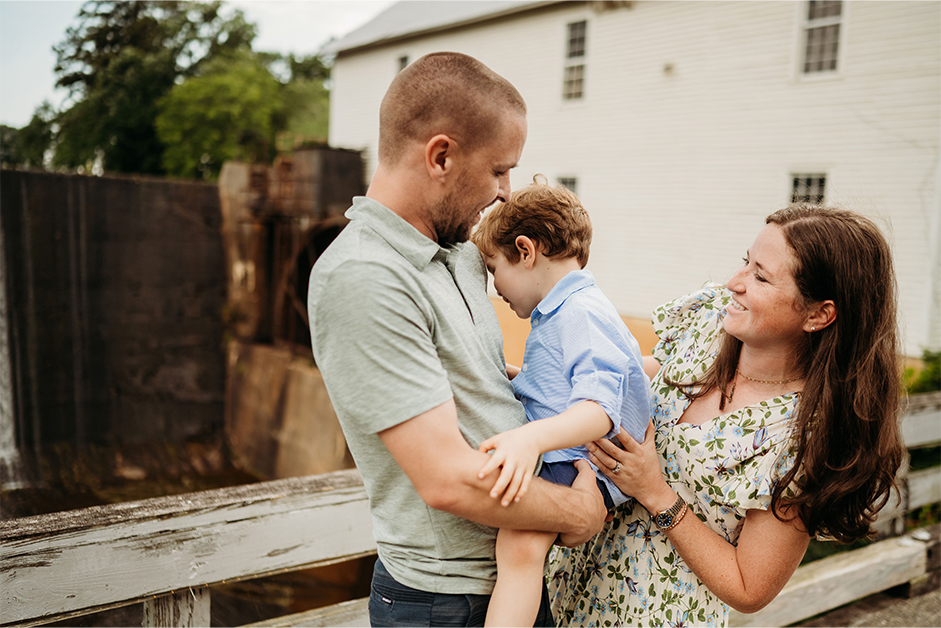by TABATHA RENEGAR
Early in 2021, I had the pleasure of being on the Forsyth Magazine podcast with colleague and Editor Brooke Eagle. As an ice breaker to get the session started, Brooke asked us what our love language was. I tried to answer something witty because I realized at that moment that I really had no clue. Of course I had heard of love languages and even had a basic understanding that they were attributed to someone from North Carolina. And that is about where my knowledge ended.
I felt a bit foolish that I didn’t know more about love languages but then realized, well if I don’t, perhaps others don’t either! Thus begins my five part series to introduce, or perhaps refresh, your awareness of the theories behind the five love languages.
The Five Love Languages: How to Express Heartfelt Commitment to Your Mate is a 1992 book by China Grove, N.C. native, Dr. Gary Chapman. The book outlines five general ways that romantic partners express and experience love, which Chapman calls “love languages.” According to Wikipedia, the book sold 8,500 copies in its first year, four times what the publisher expected! The following year it sold 17,000, and two years later, 137,000. It has been on the New York Times Best Seller list since August 2009. A new, revised edition of The Five Love Languages was released on January 1, 2015.
The five “languages” are:
- Words of Affirmation
- Acts of Service
- Physical Touch
- Gift Giving
- Quality Time
Dr. Chapman suggests that to discover another person’s love language, one must observe the way that they express love to others. According to his theory, each of us has one primary and one secondary love language.
New Year, New Words
As I began to do research for my articles, I was drawn to a possible connection between making New Year’s resolutions and words of affirmation. After all, if words of affirmation aren’t already a part of your communication style with your loved one, what better way is there to start a new year then by adding them in?
So, does it just mean that we should say more nice stuff? Not exactly. The idea behind love languages is to observe the way that your partner expresses love to others. Most of us tend to give love in the manner in which we hope to receive it. How beneficial to couples if we could better understand the language that we each respond to the best!
My husband does not do lazy very well. Oh, sure, he can relax on a beach with the best of ‘em but if he’s at home, he’s on the move. Yard work, house work, laundry, dog washing, car detailing… he simply doesn’t stop. I could follow him around and compliment each and every thing he is doing and tell him how fabulous he is (words of affirmation) when what he really needs from me is to pick up a rake or dust a room once in a while! That would be speaking to him in the language that he is most comfortable with: acts of service.
So while I appreciate his efforts very much, this example demonstrates that we have differing languages. I’m more of a words of affirmation gal and need to hear things like “thank you for listening” and “you’re fun to be with” and simply “I love you.” The down side to this being my primary love language is that negative comments cut a little deeper and I can seem overly sensitive.
If you discover, like my husband did, that your partner’s primary love language is words of affirmation, it’s important that you regularly tell them how much you care. Yes, I know that sounds obvious. However, saying things like “they should know how much I love them so I shouldn’t have to say it” won’t cut it. They need to hear it from you on a consistent basis and you need to be thoughtful and genuine. I’m not saying you need to write poetry or profess your love from the street below like Romeo to Juliet. Just be true, be you.
After all, there aren’t many languages that you can learn that will promise to enhance your relationships with those you love. But I believe we have just found one that will.


















